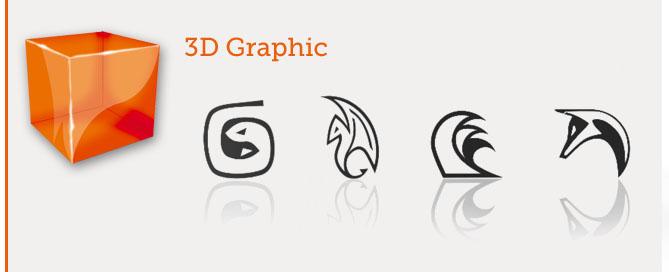3D Modeling – 3DS Max to Mud Box – Paint Texture – Base
3DS Max – Export
Start 3DS Max
1. Right Column> Modify> RMB over the Object Name> Editable Poly
Mud Box it is a Subdivision Surface Tool, it works best with Quad Poly and Editable Poly in my opinion.
2. Center the Pivot
3. Center the object at 0,0,0
4. Create UVs inside 3DS Max! The UVs tools of 3DS Max are better than Mud Box
5. MAIN TOP MENU> Export> Export> name.fbx
Mud Box – Import
Start Mud Box
1. MAIN TOP MENU> File> Import…> name.fbx
Mud Box – Create UVs – Paint Textures
BOTTOM WINDOW> Select/Move Tools> Objects> select the Object
1. If you do not have UVs -> MAIN TOP MENU> UVs & Maps> Create UVs…> Replace Existing UVs
BOTTOM WINDOW> Select/Move Tools> Objects> deselect the Object
2. MAIN TOP TOOLBAR> UV View label to see the Unwrap UVs
3. MAIN TOP TOOLBAR> 3D View
4. RIGHT COLUMN> TOP LABELS> Paint + RIGHT LABELS> Layers
5. BOTTOM WINDOW> Paint Tools> Paint Brush, paint it!
Mud Box – Export
BOTTOM WINDOW> Select/Move Tools> Objects> select the Object
1. MAIN TOP MENU> File> Export Selection…> name.fbx
It creates name.fbx + name folder/unwrapped texture
3DS Max – Import
Open 3DS Max
1. MAIN TOP MENU> File> Import> name.fbx



